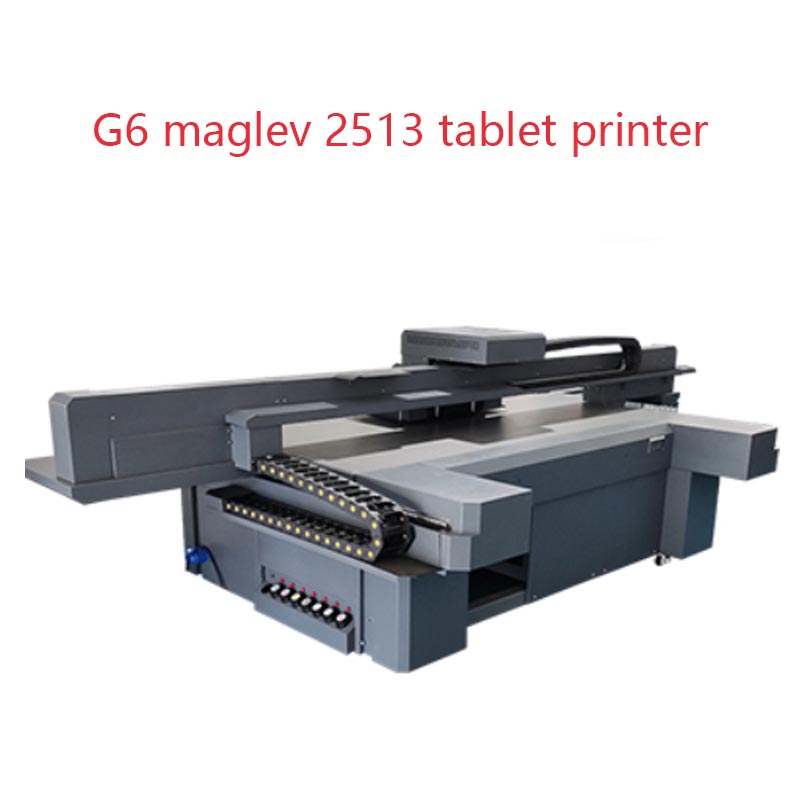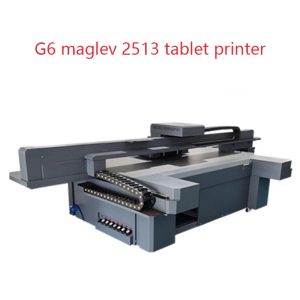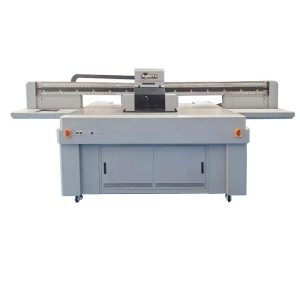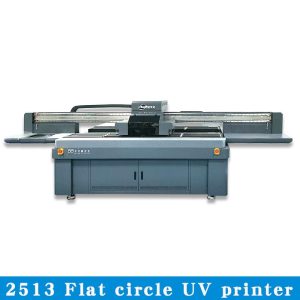How are the patterns printed on ceramic tiles and the tile printing process

If you see ceramic tiles with relief effects, don’t be surprised. You can achieve this effect with a UV printer.
In many occasions, we need to print patterns on the surface of plastic and glass, and we can easily achieve this using UV printing technology. However, the performance of UV printers is not limited to this. We can not only create patterns on the surface of tiles, but also create relief effects.
This starts with the principle of UV printing.
The most common type of UV printer is four-color printing, with CMYK representing cyan, magenta, yellow, and black, respectively. When printing an image, first use color management software to decompose the image, and then print the nozzle onto the surface of the material to obtain the decomposed color. Mixing different doses of ink at the same point restores the color.
In addition to these colors, UV printers usually come with a white spot color nozzle. Since the pattern is ultimately formed by the accumulation of ink, can we create a relief effect by adding more white ink to the areas that need to be thickened and then adding colored ink on top? Yes, this is exactly the key to UV printing embossing.
When processing images, we create a new spot color channel and apply multiple color overlays to areas that require thickening. After printing, the stacking of white ink creates a relief effect.
The use of UV printed ceramic tiles has incomparable advantages in home decoration applications, not only restoring colors, but also restoring levels and tactile sensation.



